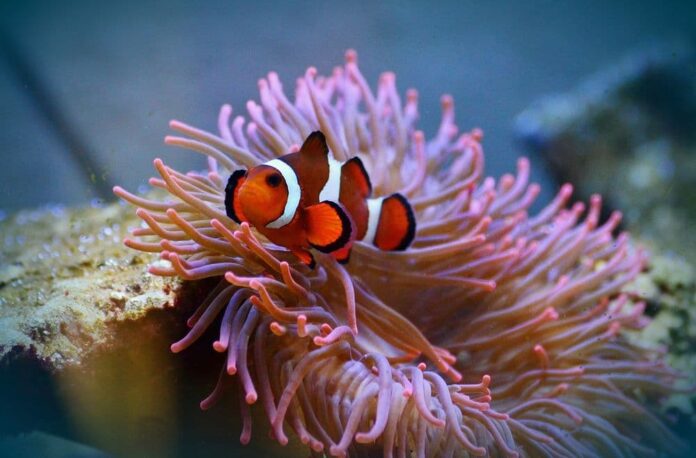Symbiosis refers to 2 organisms that live together in an intimate association for mutual benefits or more chances of survival. It is like when we often say “You scratch my back, and I’ll scratch yours.”, in the animal version. This is an interesting relationship, and many animals actually have symbiotic relationships with each other in the wild. We are going to focus on just 9 animals today, and their cool and unique friendship is below for you.
1Ants & Aphids

Both in the wild and on your houseplants, the symbiotic relationship between these two is visible from anywhere. The aphids feed on plant cells and liquid, and they secrete a dense liquid called honeydew from their bodies. Honeydew is rich in carbohydrates, and the ants love feeding on this type of liquid. To get honeydew, the ants simply surround and protect the aphids from potential predators on the plants. When the aphids get proper food from the plant saps, they simply secrete more honeydew for the ants. And the cycle goes on, one of the most common examples of symbiosis to study.
2Badgers & Coyotes
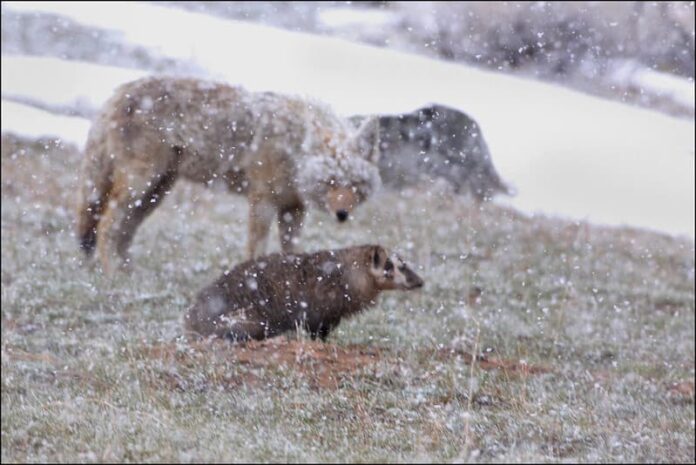
Another fascinating example of symbiosis is between 2 aggressive predators in the wild, the badgers and the coyotes. Badgers are diggers, and their hunting tactic is by capturing their prey and pulling it down to the burrow. As for the coyotes, they depend on the open environments to pursue and kill the meal. In some parts of Northern America, these two predators do not only share their territories but also hunt together. So sometimes a coyote stays in front of a badger’s burrow, waiting for a ground squirrel to flee from the badger. If the squirrel comes out, it will become the coyote’s lunch, or it will be the badger’s lunch if it stays. The benefits do not always go to both parties, but we can see a nice symbiosis there.
3Clownfish & Anemone

This is probably the most common and perfect example of symbiosis that you come across in your search results. The symbiotic relationship between a clownfish and an anemone shows the harmony between two organisms benefiting one another. Anemones are dangerous creatures with stinging tentacles, but they provide protection and shelter for the clownfish that are immune to them. In return, the clownfish provide nutrients back to the anemone in the form of waste while scaring off potential predators. Clownfish are the only fish that are immune to the stinging cells of sea anemones. Due to this special advantage, these two are able to establish their symbiotic relationship with each other very well.
4Colombian Lesserblack Tarantulas & Dotted Humming Frogs
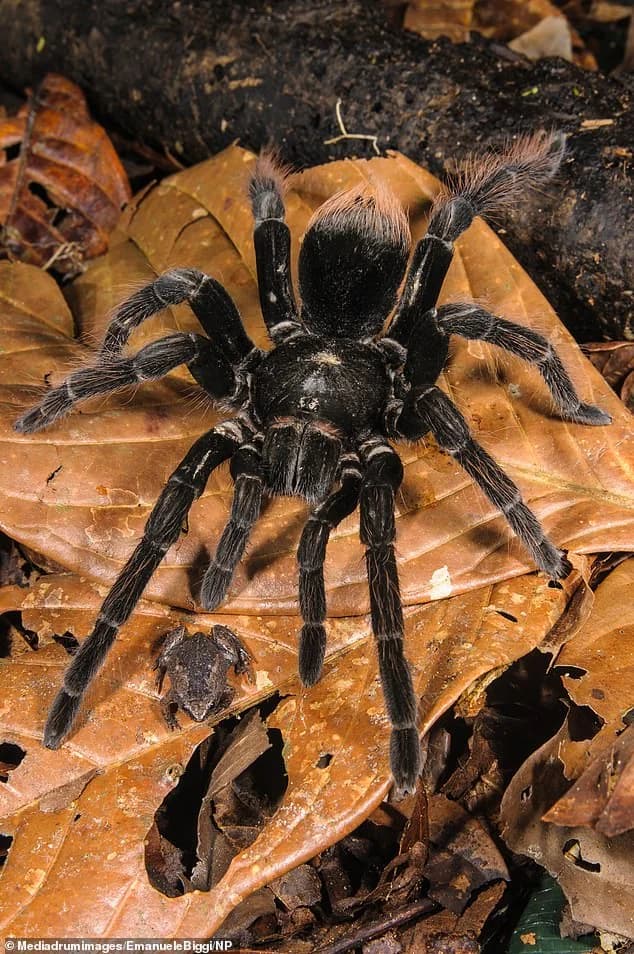
When it comes to symbiosis, you should always expect odd and unusual stuff between the animals. For example, a sinister tarantula that actually agrees to have a symbiotic relationship with a frog that is an easy meal. The level of their cooperation is so high the frog can even share the burrow with the tarantula, how peculiar! As you may think, the frog gets both protection and shelter from the scary creepy crawlies. To pay the token of their friendship, the frog feeds on carnivorous ants that attack and eat the tarantula’s eggs. Despite the odds, both parties receive huge benefits from one another.
5Urchin Crabs & Sea Urchins

Looking pretty is not the goal in this relationship, it is all about survival when it comes to symbiosis. The urchin crabs carry sea urchins on their back as a form of camouflage for protection from many potential predators. Dangerous predators often avoid these two organisms because the appearance of venomous sea urchins discourages them. So the crabs get to hide from predators while being able to use sea urchins as weapons sometimes. What about the sea urchins, what do they get? Well, they get a free ride to places to feed on various things along the journey with the crabs. Having dangerous friends can be quite beneficial sometimes, right?
6Nile Crocodiles & Egyptian Plovers

Everybody knows how aggressive and dangerous the Nile crocodiles are, those jaws are there for a reason. However, the Egyptian plovers are the daredevils with enough bravery to build a symbiotic relationship with those ferocious predators. The Egyptian plovers aka the “crocodile birds” go on their everyday lives by flying into the Nile crocodiles’ open mouths. These birds feed on decomposing meat that is stuck between the teeth of the crocodiles. And yes, the Nile crocodiles just stay with their mouth open for the birds to do their jobs. This form of symbiosis benefits both sides, the birds get the food while the crocodiles get regular free dental work.
7Goby Fish & Blind Shrimp
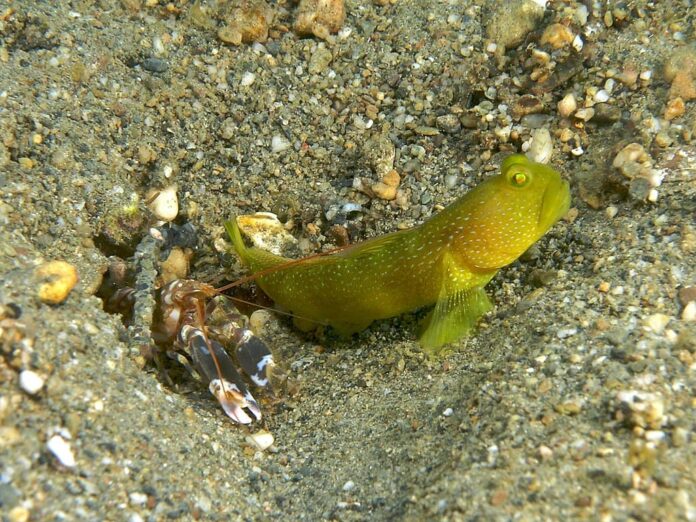
So blind shrimps can barely see just like the name suggests, but the goby fish have excellent vision. Then you probably wonder what kind of benefits an organism with perfect vision receives from this relationship. The blind shrimps are amazing at housekeeping, and they keep the goby fish’s den clean and in perfect condition. Since the goby fish needs that, the shrimp can stay to clean while receiving protection at the same time. The fish stays by the shrimp at all times, and it will give a slight tail flick to signal danger. Nice and simple, and everyone lives together happily; in a clean den.
8Gray Wolves & Striped Hyenas
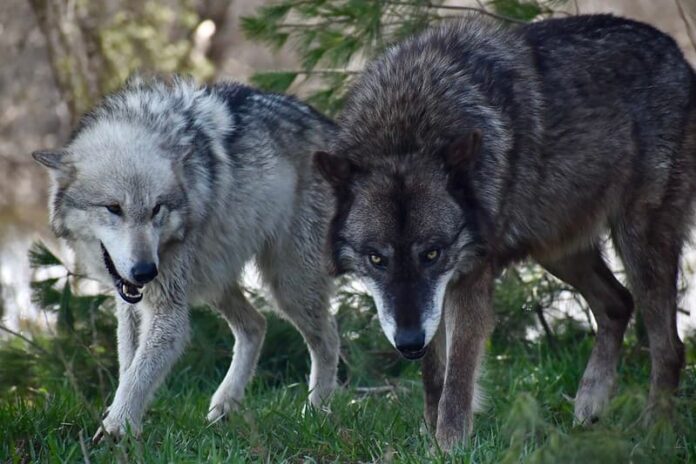
Here we have another fascinating symbiotic relationship between two fearless predators that live in the wild. Hyenas and wolves both have their groups, and sometimes these animals prefer to hunt and live solitarily. So what makes these two predators build a form of symbiosis when they can survive on their own? Surprisingly, gray wolves do accept hyenas in the pack due to their ability to break large bones and excellent sense of smell. As for the hyenas, they get to take advantage of the wolves’ incredible hunting tactics. Together, the team is successful and unbeatable while everyone gets to eat.
According to the studies, animal behavior is more flexible than we imagine. When necessary, some animals can abandon their usual hunting habits and strategies to learn something different and new. The perfect example of this is the fact that the hyenas can actually blend in and hunt with wolf packs.
9Honeyguide Birds & Humans

Symbiosis does not only exist between animals and animals but also among animals and humans. In Africa, the honeyguide birds let off a special call to alert the local indigenous people called the Hazda. Once hearing the call, the Hazda people will follow the lead from the birds to the beehive in the forests. The most fascinating part is that the call from the birds starts to change once they get closer to the target. This is a beautiful symbiotic relationship, and both sides get quite huge benefits. The people get to have the honey while the honeyguide birds get the scraps of honeycomb to feed on. Honeyguide is just the perfect name for these birds, and we should have more relationships like this with animals.
10Narrow-Mouthed Toads & Tarantulas

Again with the helpful amphibians and the terrifying tarantulas, but the benefits are similar to the previous one. The narrow-mouthed toads protect the tarantula’s eggs from insects and pests that may harm them. In exchange for the egg care, the amphibians receive protection and shelter from the tarantulas. Narrow-mouthed toads are one of the common prey of scops owls, but being babysitters for tarantula’s eggs increases their survival chances.
Related Post: Deadly Organisms That Kill Their Hosts

